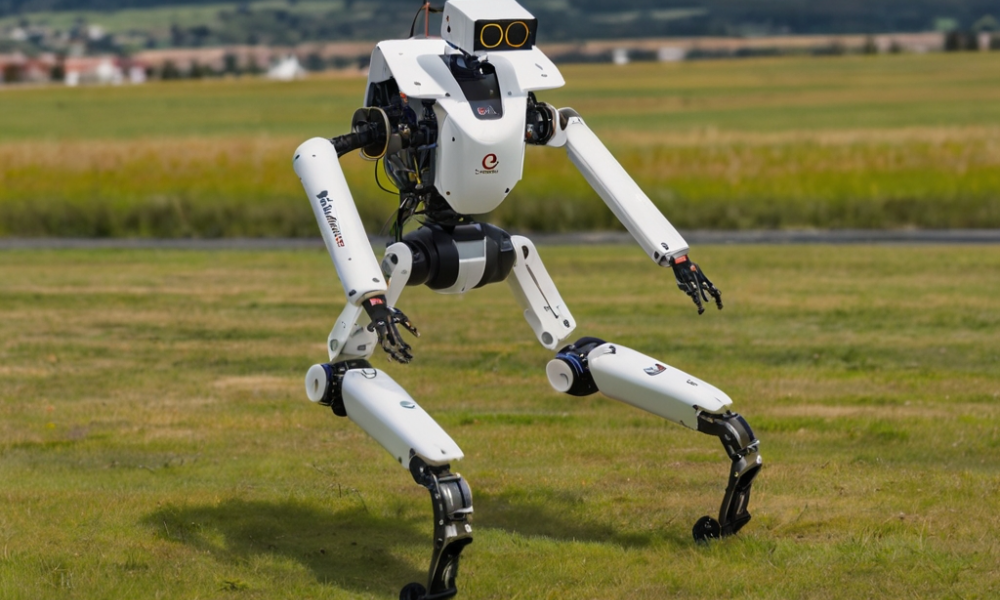Apple is once again at the forefront of innovation, this time venturing into the realm of wearable technology with a tantalizing new project: the smart ring. With a reputation for transforming everyday gadgets into must-have devices, Apple’s exploration into smart rings teases a blend of style, functionality, and seamless integration that could redefine our digital interactions.
A Glimpse into Innovation
Drawing from a wealth of patents filed between 2015 and 2022, Apple’s smart ring has been a topic of speculation and excitement. These documents reveal a vision for a device equipped with touch and gesture controls, health monitoring sensors, and more, promising an accessory that’s smart in every sense of the word.
Design Meets Functionality
While details remain scarce, expectations suggest Apple will stick to its minimalist design ethos, employing high-quality materials like aluminum, stainless steel, ceramic, and titanium. The result? A wearable that’s as stylish as it is smart.
Beyond the Watch: A New Contender
The Apple Ring is not just another gadget; it’s a strategic expansion of Apple’s wearable lineup, aimed at users who prefer subtlety without compromising on functionality. It steps into a growing market with potential rivals like the Oura Ring, but with a trick up its sleeve: unparalleled integration within the Apple ecosystem.
Ecosystem Harmony
The true magic of the Apple Ring lies in its synergy with other Apple products. Imagine controlling your Apple TV with a flick of your finger or seamlessly interacting with your devices, all thanks to the ring on your hand. This level of integration could offer new levels of convenience and accessibility, particularly for those with motor disabilities.
Looking Forward
The anticipation builds as the tech community awaits further details on the Apple Ring. While the release date remains a mystery, the buzz it’s generating is a clear signal: the future of wearable technology is on the horizon, and it’s looking more innovative than ever. With Apple’s track record, the smart ring is poised to be more than just a gadget—it could well become an indispensable part of our digital lives.
Interesting story? Please click on the ? button below!


.png)

.png)


.png)










